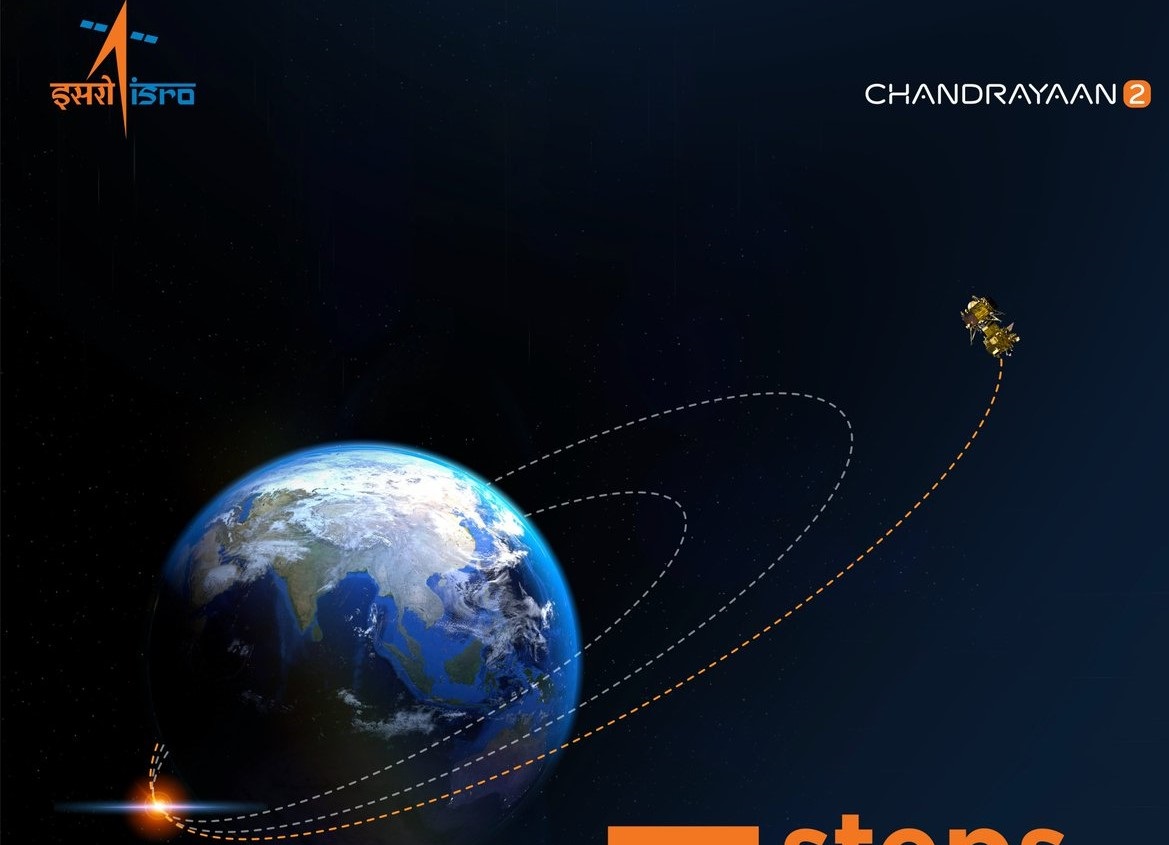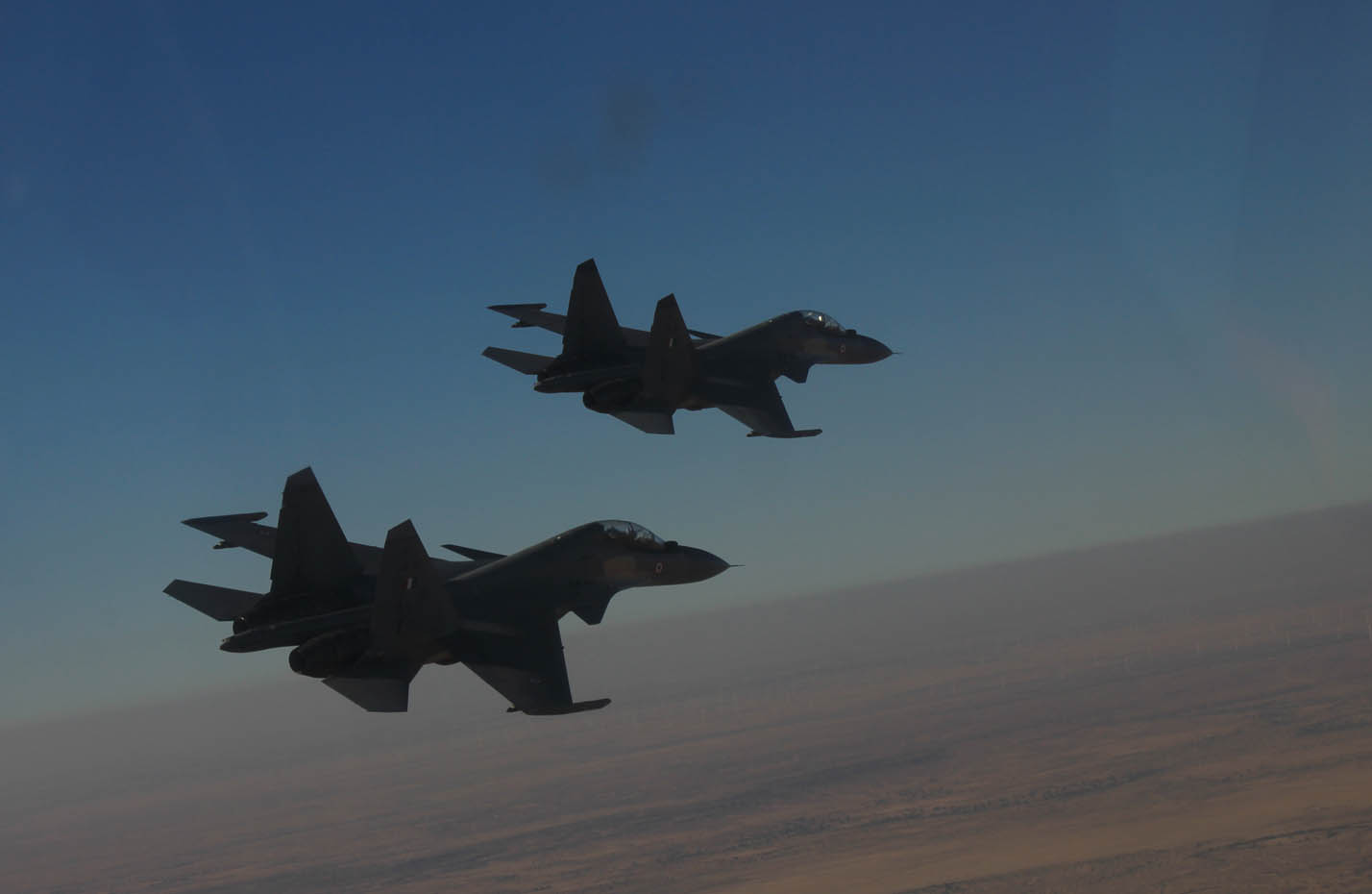
The Indian space agency has successfully raised the Chandrayaan 2's orbit around Earth for the third time. Image: ISRO/Twitter
BENGALURU (PTI): Spacecraft parameters of India's second Moon mission Chandrayaan-2, aimed at landing a rover on the unchartered Lunar South Pole, are "normal", the Indian Space Research Organisation (ISRO) said on Monday, as it successfully raised the craft's orbit around the Earth for the third time.
In a giant leap for the country's ambitious low-cost space programme, ISRO's most powerful three-stage rocket GSLV-MkIII-M1 had launched the spacecraft into the Earth's orbit on July 22 from the spaceport in Andhra Pradesh's Sriharikota.
The agency has planned a total of 15 orbit raising manoeuvres before the 3,850 kilogramme (kg) three-module Chandrayaan-2 comprising an orbiter, lander and rover is brought around the Moon, which is at a distance of nearly four lakh kms from the Earth.
"Third earth-bound orbit raising manoeuver for Chandrayaan-2 spacecraft has been performed successfully today at 15:12 hrs (IST) as planned, using the on board propulsion system for a firing duration of 989 seconds.
"The orbit achieved is 276 x 71792 km. All spacecraft parameters are normal," ISRO said in an update.
The fourth orbit raising manoeuvre is scheduled on August 2, between 2 pm- 3pm (IST), it said.
The first and second earth bound orbit raising manoeuvres were carried out successfully on July 24 and 26 respectively.
On entering the Moon's sphere of influence, the on-board propulsion system of Chandrayaan-2 will be fired to slow down the spacecraft, which will enable it to be captured into a preliminary orbit around the Moon, ISRO had said.
Later, through a set of manoeuvres, the orbit of Chandrayaan-2 around the Moon will be circularised at 100 km height from the lunar surface, it said.
Subsequently, the lander will separate from the orbiter and enter into a 100 km X 30 km orbit around the Moon, and then, it will perform a series of "complex braking" manoeuvres to soft land in the South polar region of the Moon on September 7.
Following landing, the rover will roll out from the lander and carry out experiments on the lunar surface for a period of one lunar day, which is equal to 14 Earth days.
The mission life of the lander is also one lunar day.
The orbiter will continue its mission for duration of one year.
The mission objective of Chandrayaan-2 is to develop and demonstrate the key technologies for end-to-end lunar mission capability, including soft-landing and roving on the lunar surface, according to ISRO.
On the science front, this mission aims to further expand knowledge about the Moon through a detailed study of its topography, mineralogy, surface chemical composition, thermo-physical characteristics and atmosphere leading to a better understanding of the origin and evolution of the Moon, it said.
 Previous Article
Previous Article Next Article
Next Article













The Indian Air Force, in its flight trials evaluation report submitted before the Defence Ministry l..
view articleAn insight into the Medium Multi-Role Combat Aircraft competition...
view articleSky enthusiasts can now spot the International Space Station (ISS) commanded by Indian-American astr..
view article